Santorini: The Jewel of the Aegean
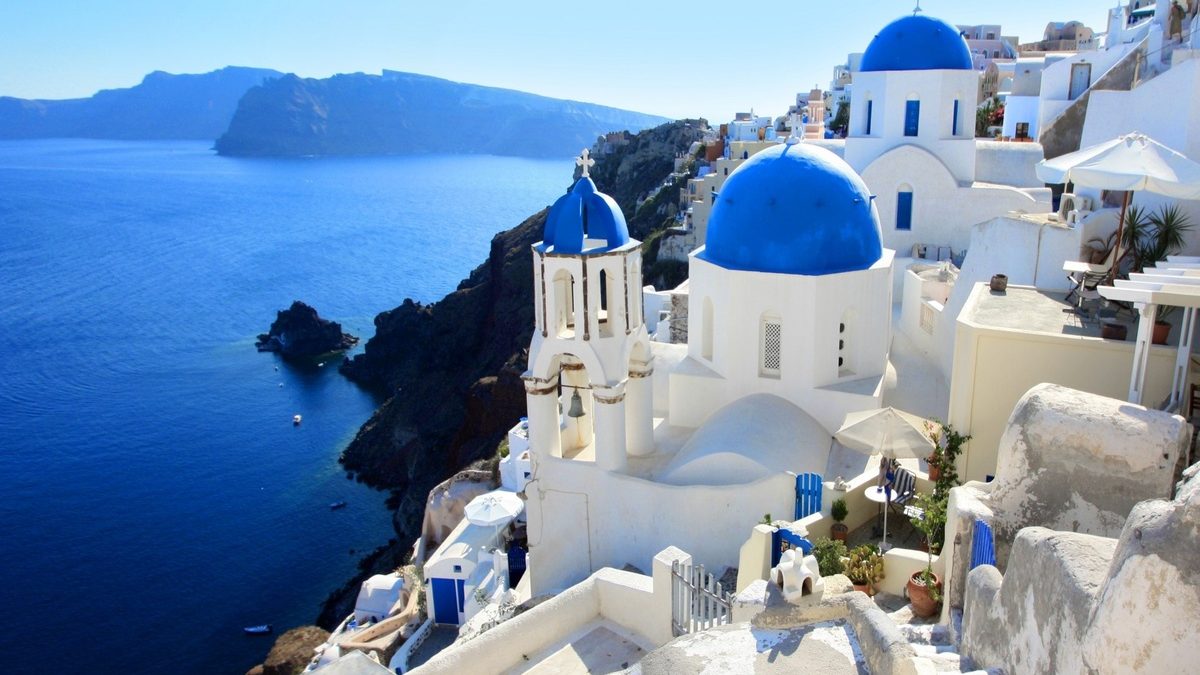
Santorini: The Jewel of the Aegean
Santorini, also known as Thira, is one of the most stunning and iconic islands in the Aegean Sea. Famous for its breathtaking sunsets, white-washed buildings, and crystal-clear waters, Santorini offers a perfect blend of natural beauty, historical significance, and vibrant culture. This comprehensive article explores the history, attractions, culture, and practical tips for visiting Santorini, providing a detailed guide for anyone interested in this enchanting island.
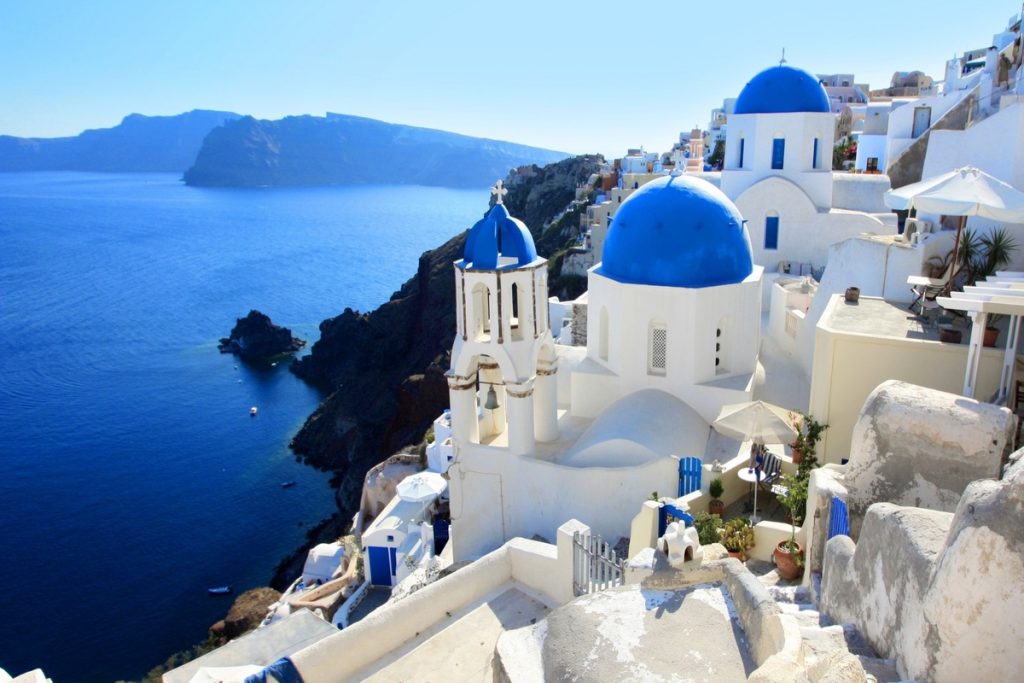
Historical Background of Santorini
Ancient Origins: The history of Santorini dates back to ancient times. Originally known as Strongili, meaning “the Round One,” the island was shaped by a series of volcanic eruptions. Around 1600 BCE, a massive eruption occurred, which significantly altered the island’s landscape and led to the creation of the caldera. This event is believed to have contributed to the decline of the Minoan civilization on Crete, due to the subsequent tsunamis and ash fallout.
Classical and Hellenistic Periods: During the classical and Hellenistic periods, the island was known as Thera. It became an important center for trade and culture, with its strategic location in the Aegean Sea. The ancient city of Thera, located on Mesa Vouno mountain, showcases ruins from this era, including temples, houses, and public buildings.
Medieval and Modern History: In the medieval period, Santorini became part of the Byzantine Empire and later came under Venetian and Ottoman rule. The island’s modern name, Santorini, is derived from “Santa Irini,” the name given by the Venetians in honor of Saint Irene. In the 19th century, Santorini became part of the newly established Greek state. Today, it is one of the most popular tourist destinations in the world.
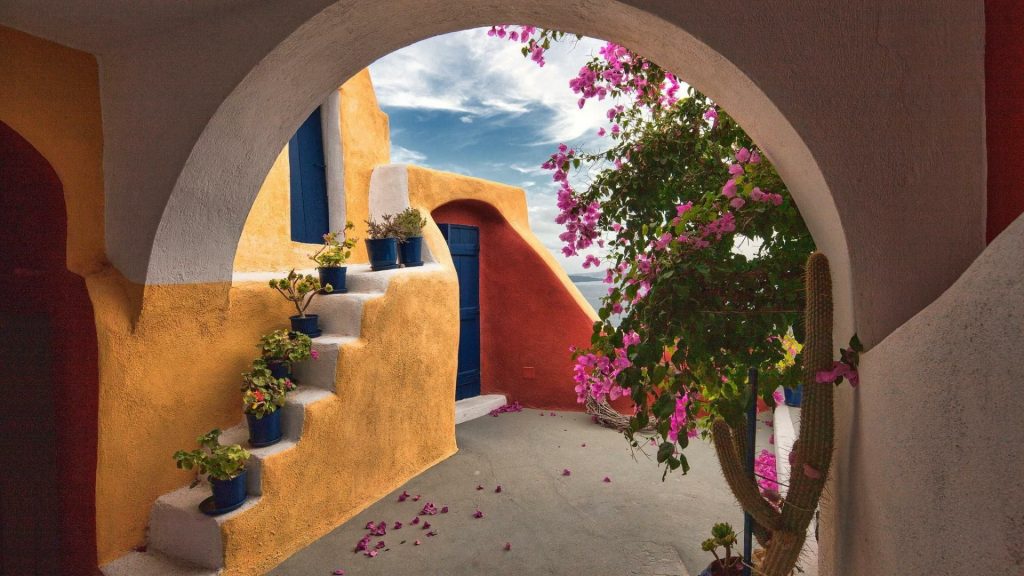
Attractions and Landmarks in Santorini
Fira: The capital of Santorini, Fira is a bustling town perched on the edge of the caldera. It offers stunning views, vibrant nightlife, and a mix of traditional and modern architecture.
- Museum of Prehistoric Thera: This museum houses artifacts from the ancient city of Akrotiri, including frescoes, pottery, and tools, providing insights into the island’s prehistoric past.
- Archaeological Museum of Thera: Located in Fira, this museum features collections from various periods of Santorini’s history, including sculptures, inscriptions, and ceramics.
Oia: Known for its picturesque sunsets and charming streets, Oia is one of the most beautiful villages on the island. The white-washed houses, blue-domed churches, and narrow alleyways create a quintessential Santorini experience.
- Sunset Views: Oia is famous for its breathtaking sunsets, attracting visitors who gather to watch the sun dip below the horizon, painting the sky in vibrant hues.
- Maritime Museum: This museum showcases the maritime history of Santorini, including exhibits on shipbuilding, navigation, and trade.
Akrotiri: Often referred to as the “Minoan Pompeii,” Akrotiri is an ancient settlement preserved by volcanic ash. Excavations have revealed well-preserved buildings, frescoes, and artifacts, offering a glimpse into the sophisticated Minoan civilization.
- Akrotiri Archaeological Site: Visitors can explore the ruins of this ancient city, walking through the streets and seeing the remains of houses, shops, and public buildings.
Red Beach: Located near Akrotiri, Red Beach is famous for its striking red cliffs and crystal-clear waters. The unique color of the sand and rocks creates a dramatic and picturesque setting.
Kamari Beach: Kamari Beach, on the southeastern coast of the island, is known for its black volcanic sand and vibrant beachside atmosphere. The beach is lined with tavernas, bars, and shops, making it a popular spot for relaxation and entertainment.
Pyrgos: Pyrgos is a traditional village that offers a more tranquil and authentic experience. The village is built on a hill, providing panoramic views of the island and the sea.
- Pyrgos Castle: The remains of a Venetian castle sit atop the village, offering historical insights and stunning vistas.
- Monastery of Profitis Ilias: Located near Pyrgos, this monastery is situated at the highest point of the island and provides breathtaking views and a glimpse into the island’s religious heritage.
Amoudi Bay: Nestled below the cliffs of Oia, Amoudi Bay is a charming harbor with traditional tavernas serving fresh seafood. It’s a great spot for a leisurely meal by the water and a swim in the clear waters.
Perissa Beach: Similar to Kamari Beach, Perissa Beach is known for its black sand and lively beach scene. The beach offers various water sports and activities, as well as numerous dining and entertainment options.
Ancient Thera: Perched on Mesa Vouno mountain, the ruins of Ancient Thera offer a fascinating exploration of the island’s history. Visitors can see the remains of temples, houses, and public buildings, as well as enjoy panoramic views of the Aegean Sea.
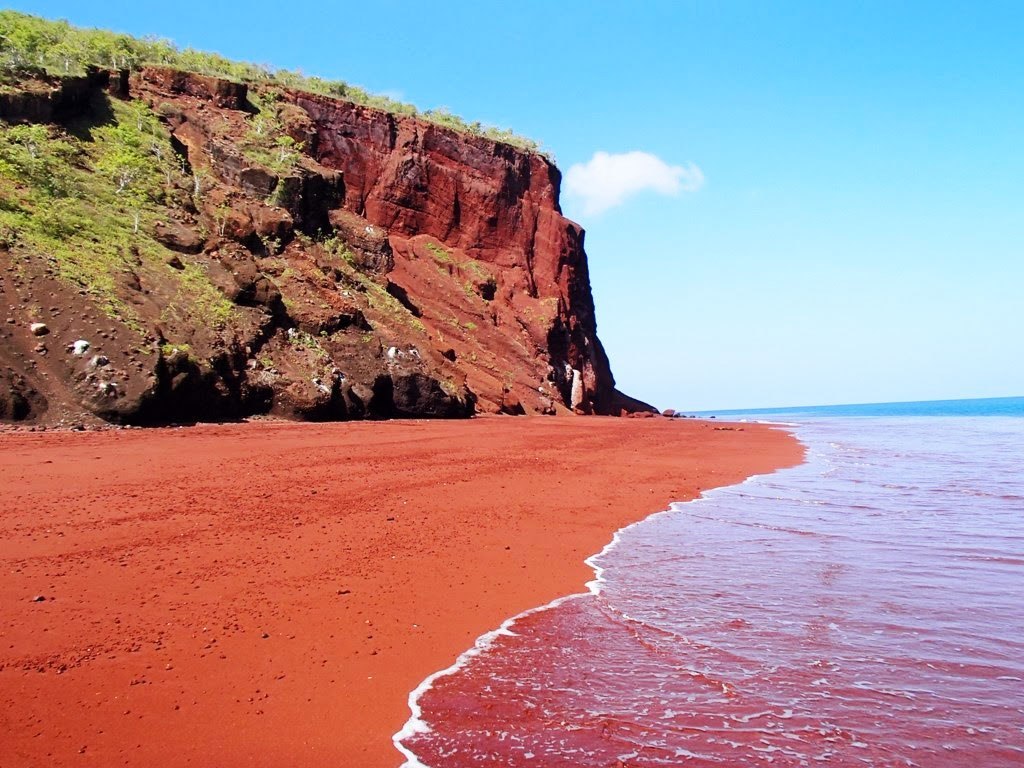
Culture and Traditions of Santorini
Local Festivals: Santorini hosts various local festivals and cultural events throughout the year. These festivals celebrate religious holidays, local traditions, and the island’s rich history.
- Feast of Agios Ioannis: Celebrated on August 29th in Fira, this festival includes religious ceremonies, music, dance, and fireworks.
- Ifestia Festival: Held in September, Ifestia commemorates the volcanic eruption that shaped Santorini. The festival features reenactments, fireworks, and cultural performances.
Cuisine: Santorini’s cuisine is a delightful blend of traditional Greek flavors and local specialties. The island’s volcanic soil and unique climate contribute to the distinct taste of its produce and wines.
- Tomatokeftedes: These tomato fritters are a local specialty made with Santorini’s flavorful cherry tomatoes.
- Fava: A traditional dish made from yellow split peas, often served with olive oil, onions, and capers.
- White Eggplant: Santorini is known for its white eggplants, which are sweeter and less bitter than the more common purple variety.
- Santorini Wine: The island’s volcanic soil produces some exceptional wines, including Assyrtiko, a crisp and refreshing white wine, and Vinsanto, a sweet dessert wine.
Architecture: The distinctive architecture of Santorini is characterized by white-washed buildings, blue-domed churches, and narrow alleyways. The traditional Cycladic style is both functional and aesthetically pleasing, designed to withstand the island’s strong winds and intense sunlight.

Practical Tips for Visiting Santorini
To make the most of your visit to Santorini, consider the following practical tips:
Plan Ahead: Santorini is a popular tourist destination, especially during the summer months. To avoid the crowds and secure the best accommodations, plan your trip well in advance.
Best Time to Visit: The best time to visit Santorini is during the shoulder seasons of late spring (April to June) and early fall (September to October). The weather is pleasant, and the crowds are thinner compared to the peak summer months.
Getting Around: Santorini has a reliable public bus system that connects major towns and beaches. Renting a car, ATV, or scooter is also a popular option for exploring the island at your own pace. Taxis and private transfers are available but can be expensive.
Accommodation: Santorini offers a wide range of accommodations, from luxury hotels and boutique guesthouses to budget-friendly hostels and vacation rentals. Choose a location that suits your preferences, whether it’s the bustling town of Fira, the romantic village of Oia, or the tranquil village of Pyrgos.
Pack Accordingly: Santorini’s weather can be hot and sunny, especially during the summer. Pack light, breathable clothing, a hat, sunglasses, sunscreen, and comfortable walking shoes. Don’t forget swimwear for the island’s beautiful beaches.
Respect Local Customs: While Santorini is a popular tourist destination, it’s important to respect local customs and traditions. Dress modestly when visiting churches and religious sites, and be mindful of noise levels in residential areas.
Stay Hydrated: The island’s dry climate and intense sun can be dehydrating. Carry a reusable water bottle and drink plenty of water throughout the day.

Unique Features and Charming Aspects of Santorini
Santorini’s charm lies in its unique blend of natural beauty, historical significance, and vibrant culture. Several aspects make Santorini a special and captivating destination:
Caldera Views: The island’s caldera, formed by a volcanic eruption, provides some of the most stunning views in the world. The sight of the sun setting over the caldera, casting a golden glow on the white-washed buildings, is truly magical.
Volcanic Beaches: Santorini’s beaches are unlike any other, with their distinctive colors and volcanic origins. From the red cliffs of Red Beach to the black sands of Kamari and Perissa, each beach offers a unique and picturesque setting.
Cave Houses: The traditional cave houses, or “yposkafa,” built into the cliffs of Santorini, are a distinctive feature of the island’s architecture. These homes are both functional and charming, providing natural insulation from the heat.
Vibrant Nightlife: While Santorini is known for its romantic ambiance, it also offers a lively nightlife scene. Fira, in particular, is home to numerous bars, clubs, and restaurants where visitors can enjoy music, dancing, and delicious food.
Winemaking Tradition: Santorini’s winemaking tradition dates back thousands of years. The island’s unique volcanic soil and climate produce some exceptional wines that are celebrated worldwide. Visiting local wineries
and tasting the island’s wines is a must-do activity.
Rich History: From the ancient ruins of Akrotiri and Thera to the medieval castles of Pyrgos and Emporio, Santorini is steeped in history. Exploring these sites offers a fascinating journey through the island’s past and its cultural heritage.

Conclusion
Santorini, with its stunning landscapes, rich history, and vibrant culture, is truly a jewel of the Aegean. From the breathtaking caldera views and unique volcanic beaches to the charming villages and ancient ruins, the island offers a wealth of experiences for visitors.
As a must-visit destination, Santorini invites travelers to immerse themselves in its beauty and charm. Whether you are exploring its historical sites, savoring its delicious cuisine, or simply relaxing on its beautiful beaches, Santorini provides an unforgettable experience that captures the essence of Greece.
Plan your visit to Santorini, embrace its unique features and enchanting atmosphere, and discover why it remains one of the most beloved and iconic destinations in the world. From its stunning sunsets and picturesque villages to its rich cultural heritage, Santorini offers a magical journey into the heart of the Aegean.
-
Santorini: The Jewel of the Aegean
Santorini: The Jewel of the Aegean Santorini, also known as Thira, is one of the most stunning and iconic islands in the Aegean Sea. Famous for […]


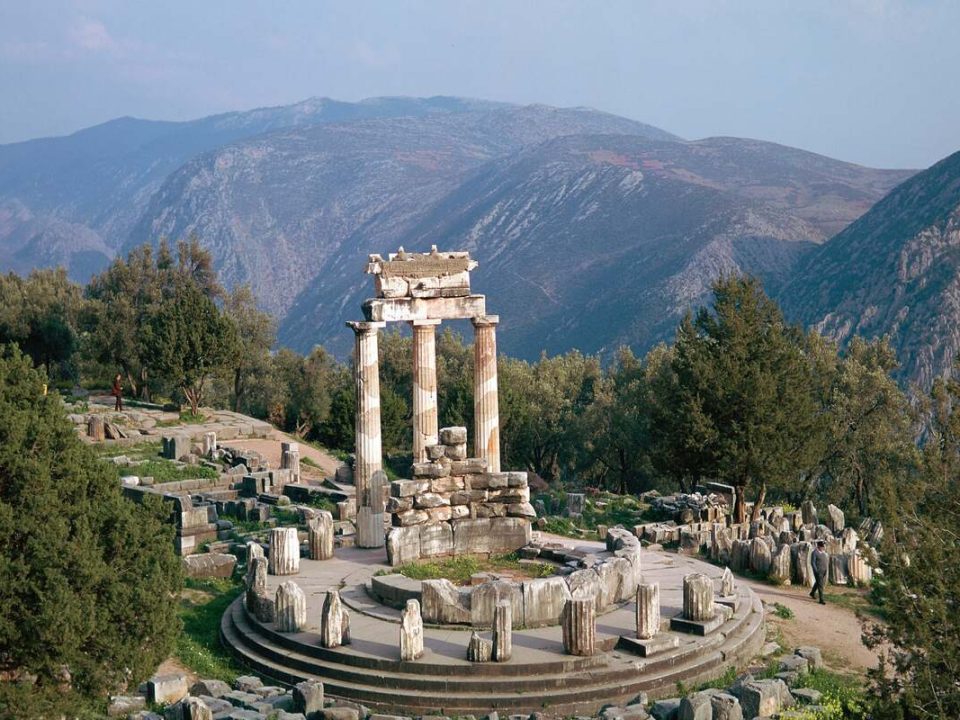

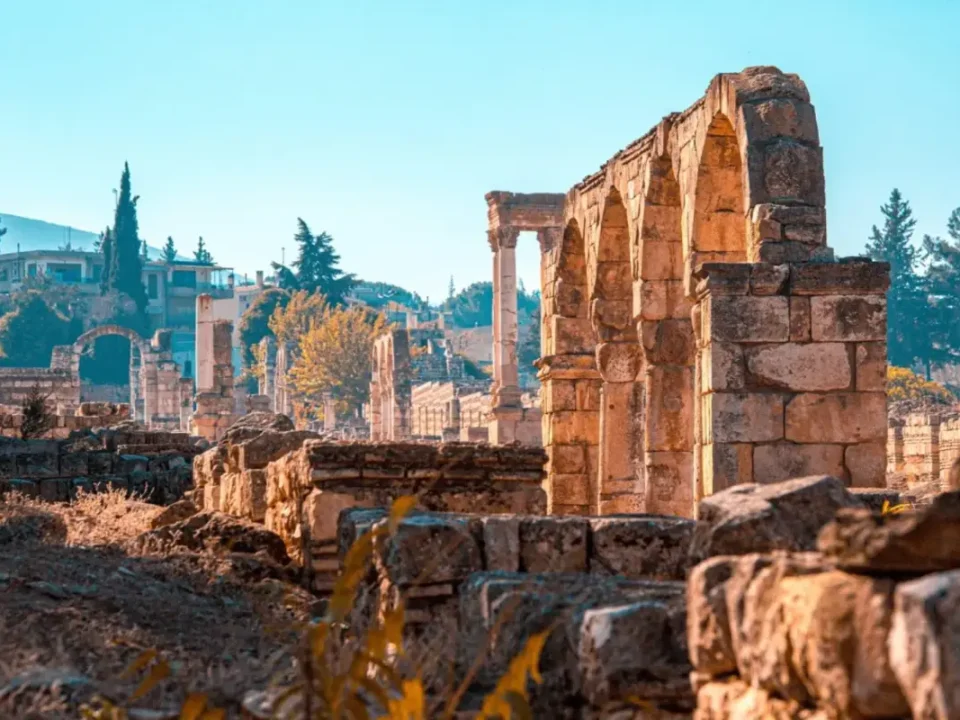
3 Comments
[…] Santorini: The Jewel of the Aegean […]
[…] the bustling streets of Greece, from Athens’ urban sprawl to the scenic islands like Santorini and Mykonos, you’ll encounter a ubiquitous and irresistible aroma. It wafts from small, […]
[…] Santorini: The Jewel of the Aegean […]